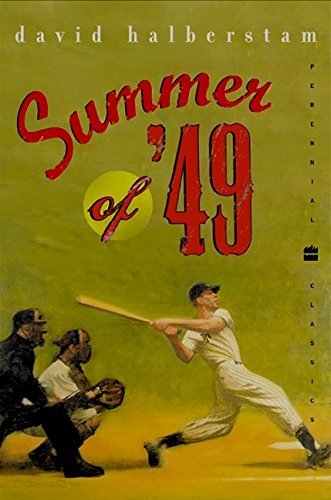
One Summer: America, 1927
Book Description
Summer 1927 crackles with innovation and turmoil as America teeters on the brink of modernity. From the soaring heights of Charles Lindbergh’s historic flight to the explosive rivalry of Babe Ruth and the thrilling rise of Hollywood, the pulse of a nation unfolds in vivid detail. Bill Bryson masterfully intertwines the vibrant tapestry of culture, politics, and everyday life during this pivotal season. Each page pulses with the hopes and dreams of a country grappling with change. What happens when a nation embraces ambition and fear, and who will emerge as its most enduring icon?
Quick Book Summary
"One Summer: America, 1927" by Bill Bryson expertly captures the vibrancy and tension of a pivotal summer in American history. Through a lively narrative, Bryson interweaves remarkable events and characters that would help define the modern era. That summer, Charles Lindbergh made his legendary nonstop flight across the Atlantic, becoming an instant icon and welcoming in a new age of celebrity. The country thrilled to the home run race between Babe Ruth and Lou Gehrig, while Hollywood produced some of its most lasting legends. Behind this spectacle, the undercurrents of prohibition, racial strife, and financial speculation foreshadowed seismic shifts yet to come. Bryson’s engaging prose brings to life not just the larger-than-life heroes, but also the social trends, innovations, and anxieties of a country both confident and conflicted at the threshold of modernity.
Summary of Key Ideas
Table of Contents
The Rise of Celebrity and Hero Worship
In the summer of 1927, America found itself at the epicenter of global attention and transformation. Charles Lindbergh’s solo transatlantic flight from New York to Paris not only turned him into a global superstar but also ignited a nationwide fascination with aviation. His overnight celebrity status signaled a new era where mass media could elevate individuals to iconic heights. Across the country, crowds cheered and newspapers fixated on his every move, cementing the idea of modern fame and the power of personal achievement in the public imagination.
Cultural and Technological Innovation
Simultaneously, the nation’s cultural landscape was exploding with innovation. Baseball captured America's heart, epitomized by Babe Ruth’s relentless pursuit to smash the single-season home run record, while rival Lou Gehrig pushed the limits of sporting excellence. Hollywood thrived, churning out classics and forging stars. The era’s technological achievements—from skyscraper construction to advancements in radio—hinted at boundless possibilities, reflecting both the optimism and hubris of the age.
Social Tension and the Seeds of Change
Beneath the surface, not all was exuberance. Prohibition, organized crime, racial tensions exemplified by the resurgence of the Ku Klux Klan, and restrictive immigration laws revealed fault lines in the American psyche. Landmark events, such as the Great Mississippi Flood and the Sacco and Vanzetti executions, highlighted ongoing struggles around social justice, race, and who gets to claim the American dream, laying a foundation for further societal changes.
The Economic Boom and Looming Troubles
The roaring economy fueled grand dreams and risky gambles. Unequal wealth, rampant consumerism, and unchecked speculation on Wall Street fostered an atmosphere of euphoria that masked underlying vulnerabilities. The progressive spirit of the summer was shadowed by excesses and a creeping sense of instability that would manifest in the crash of 1929. Bryson deftly traces these economic currents, showing how they intersected with the broader cultural moment.
The Power of Mass Media
Mass media, including newspapers, radio, and newsreels, played an unprecedented role in shaping public opinion and creating a shared national narrative. Whether spreading news of Lindbergh’s journey, reporting sensational trials, or broadcasting the exploits of sports and cinema figures, the media unified the country in new ways. This confluence of celebrity, innovation, social tension, economic optimism, and burgeoning media set the tone for the remainder of the American century, making the summer of 1927 a turning point with enduring consequences.
Download This Summary
Get a free PDF of this summary instantly — no email required.





